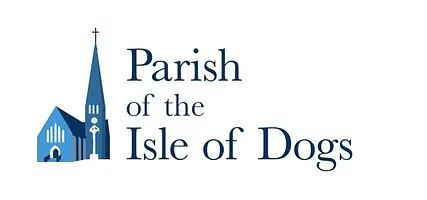14/12/2024 0 Comments
The History and the meaning of the 'Christingle'
The History and the meaning of the 'Christingle'
# News

The History and the meaning of the 'Christingle'
What Is a Christingle?
A Christingle is a strange-looking object. Consisting of an orange impaled by a candle and cocktail sticks, topped with candy, a Christingle looks more like an object used for Pagan worship, or a Sputnik spacecraft, than a Christmas symbol. However, for many Christians around the world, the Christingle serves as a special symbol that’s meant to teach children the importance of Jesus Christ.
Although it is not known for sure what the name “Christingle” means, some suggest that it is derived from the German word, Christkindl, which means “Christ child.” In countries such as Germany, Austria, and Switzerland, the Christkindl is the traditional Christmas gift-bringer — not Santa Claus. The Christkindl is typically depicted with blond hair and angelic wings, and some view it as the infant Jesus, while others think of it as an angel who brings presents.
However, the term Christingle could also be a portmanteau of the words “Christmas” and “ingle,” which is an Old Scots word that means “fire.” (as in inglenook) If so, the term could roughly be translated as “Christ Light.” Since the tradition originated in Germany, though, the first interpretation is likely more accurate.
What Is the History of the Christingle?
The tradition of the Christingle has its origins in a Moravian Church in Marienborn, Germany. During an Advent service in 1747, minister John De Watteville gave each child in the congregation a small candle wrapped in a red ribbon. For De Watteville, the candle’s flame symbolized Jesus as the Light of the World, while the red ribbon represented the blood of Christ. During the final prayer of the service, de Watteville apparently spoke the words “Lord Jesus, kindle a flame in these children’s hearts, that theirs like Thine may become,” which made the symbolism of his gifts to the children clear.
After this event, the Christingle became a custom of the Moravian Church, and it is still practiced by Moravian Churches all over the world today. A special Christingle Service is held annually, and it takes place either on the Sunday before Christmas or on Christmas Eve. The original Christingle, which consists of a beeswax candle wrapped with a red ribbon, is still used in many Moravian Churches. However, the Christingle tradition was adapted in the British Moravian Church, which is how the Christingle received its new, modern look, consisting of an orange, a candle, and sweets on cocktail sticks.
When Was the Christingle Popularised?
The custom of the Christingle was largely only practiced within the Moravian Church until 1968, when John Pensom, aka “Mr. Christingle,” organized a non-Moravian-Church Christingle ceremony at the Lincoln Cathedral.The aim of the ceremony was to raise funds for an English youth charity, named The Children’s Society. The turn-out far exceeded expectations. While it was thought that about 300 people would attend the ceremony, over 1,500 people showed up. Since this ceremony was such a success, the Society held seven services the next year, and about double that in the year to follow.
These fund-raising Christingle ceremonies are still being hosted by The Children’s Society today, with the number of services running well into the thousands annually. For both Christian and non-believers, these Christingle ceremonies serve as a way for them to help some of the most vulnerable members of their societies. These services are uplifting events that include hymns, messages of hope, and an opportunity to learn about The Children’s Society.
The Symbolism of the Christingle
Where the original Christingle consisted of a beeswax candle with a red ribbon, which represent the light and blood of Jesus respectively, the modern Christingle is an altogether more complex creation with added symbolism. The various parts of the Christingle represent the following:
- An orange: With its round shape, the orange represents the world.
- A candle: Pushed into the center of the orange, the candle symbolizes Jesus Christ as the Light of the World, as it does in the original version of the Christingle
- A red ribbon: The meaning of the red ribbon, which is wrapped around the orange, is also retained. It symbolizes the blood of Christ.
- Dried fruits and/or sweets: The sweets or fruits represent the fruits of the earth, which are nurtured by rain and sunshine.
- Four cocktail sticks: The sticks that are pushed into the orange represent the four seasons and also the four cardinal directions, namely North, South, East, and West.


Comments